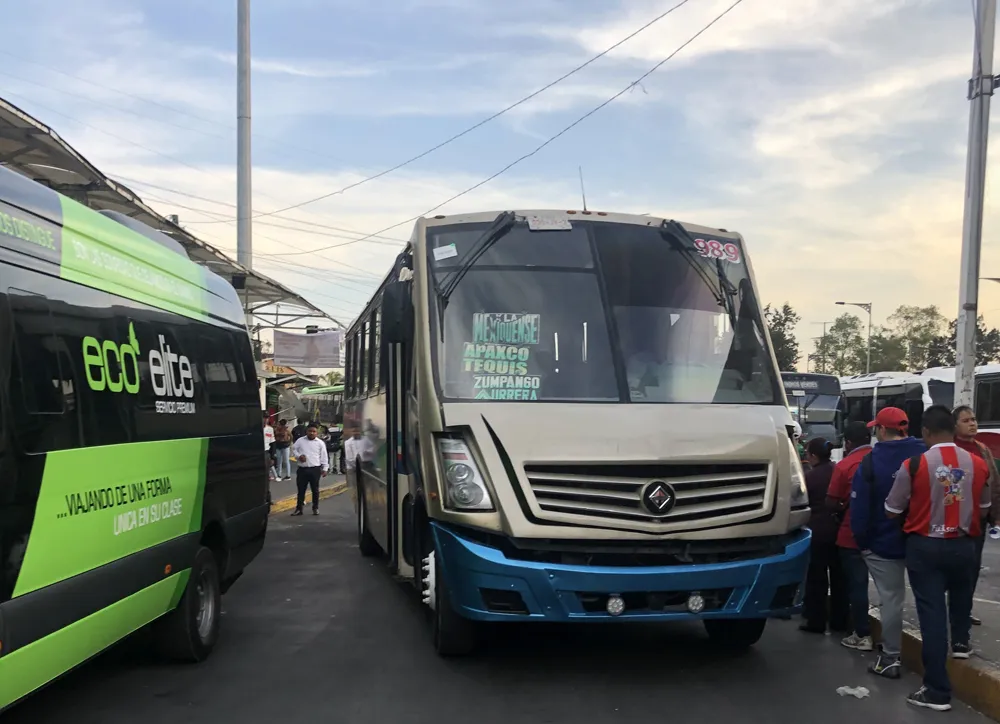According to a new RFID sector survey by IDTechEx Research, RFID Forecasts, Players & Opportunities 2014-2024, the RFID market will increase from US$6.98 billion in 2012 to US$7.88 billion, and will reach US$23.4 billion in 2020. This includes tags, readers and software/services for RFID cards, labels, fobs and all other form factors - for both passive and active RFID.
Using new, unique information researched globally by IDTechEx technical experts, the new report RFID Forecasts, Players & Opportunities 2
October 22, 2013
Read time: 1 min
According to a new RFID sector survey by 6582 IDTechEX Research, RFID Forecasts, Players & Opportunities 2014-2024, the RFID market will increase from US$6.98 billion in 2012 to US$7.88 billion, and will reach US$23.4 billion in 2020. This includes tags, readers and software/services for RFID cards, labels, fobs and all other form factors - for both passive and active RFID.
Using new, unique information researched globally by IDTechEx technical experts, the new report RFID Forecasts, Players & Opportunities 2014-2024 analyses the RFID market in many different ways. Full analysis by each market is given in great detail including in-depth historic data by application type from 2005 year by year to 2020 and with a 2024 outlook. Forecasts are given by tag numbers, asp and value for more than 20 applications for passive and active RFID. RFID reader forecasts are provided along with market size by application area and trends by territory
Using new, unique information researched globally by IDTechEx technical experts, the new report RFID Forecasts, Players & Opportunities 2014-2024 analyses the RFID market in many different ways. Full analysis by each market is given in great detail including in-depth historic data by application type from 2005 year by year to 2020 and with a 2024 outlook. Forecasts are given by tag numbers, asp and value for more than 20 applications for passive and active RFID. RFID reader forecasts are provided along with market size by application area and trends by territory









